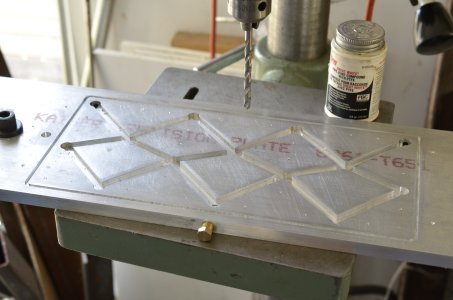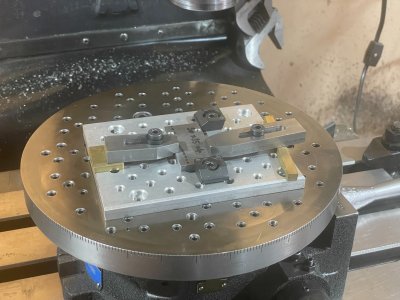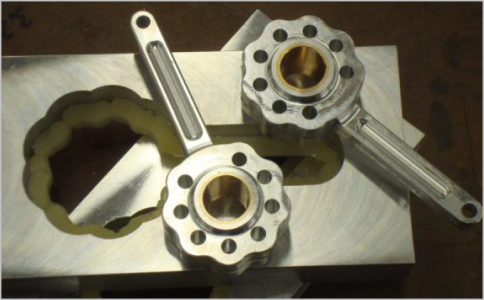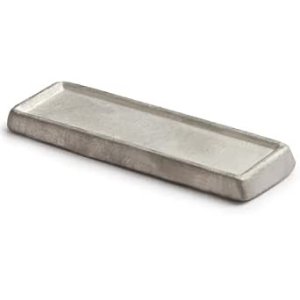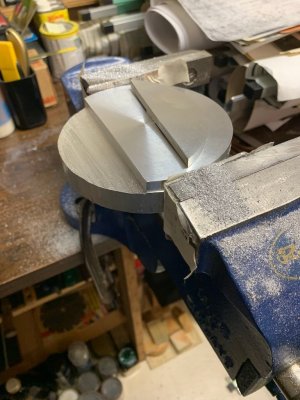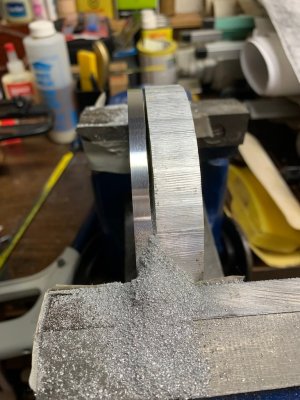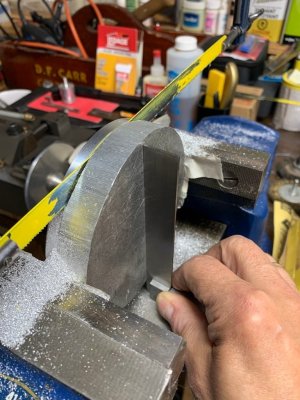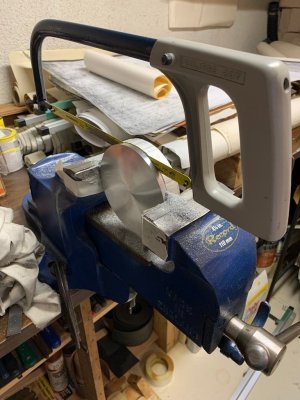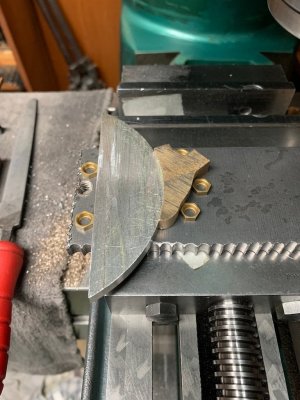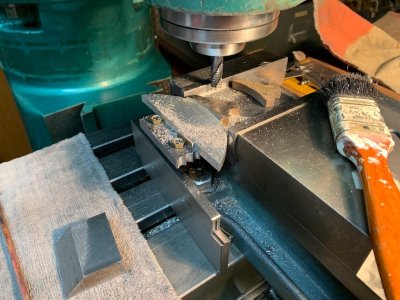Hi All,
Has anyone used a vacuum chuck plate to hold non ferrous materials (and in my case for holding small odd shaped parts not suitable for mechanical holding) for milling vs surface grinding and how would this compare to using double sided tape for the same light milling/surface grinding operations? What are the pro's and con's of each?
Has anyone used a vacuum chuck plate to hold non ferrous materials (and in my case for holding small odd shaped parts not suitable for mechanical holding) for milling vs surface grinding and how would this compare to using double sided tape for the same light milling/surface grinding operations? What are the pro's and con's of each?


